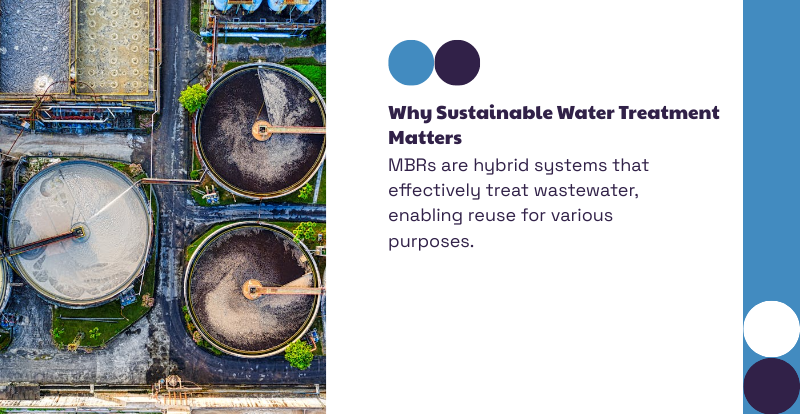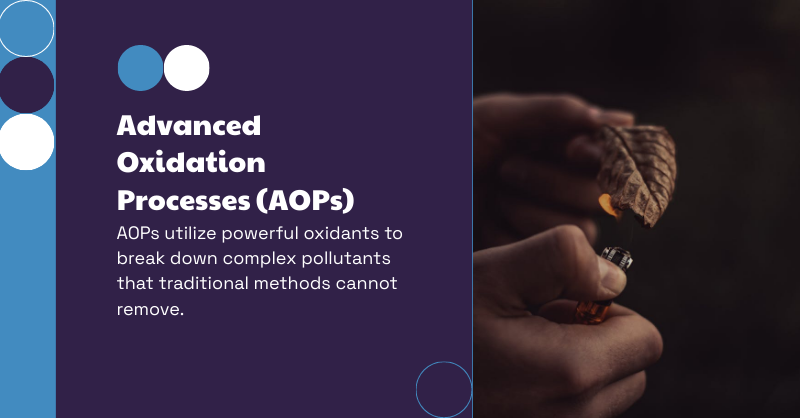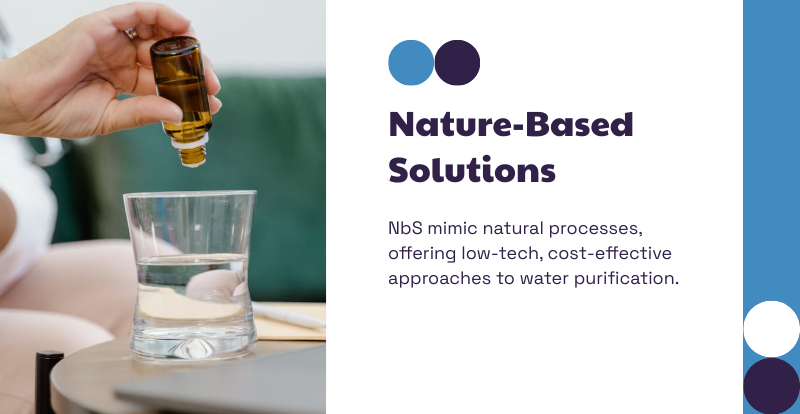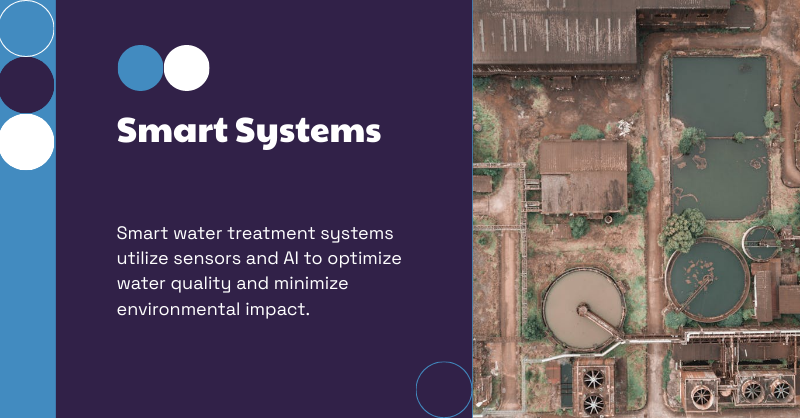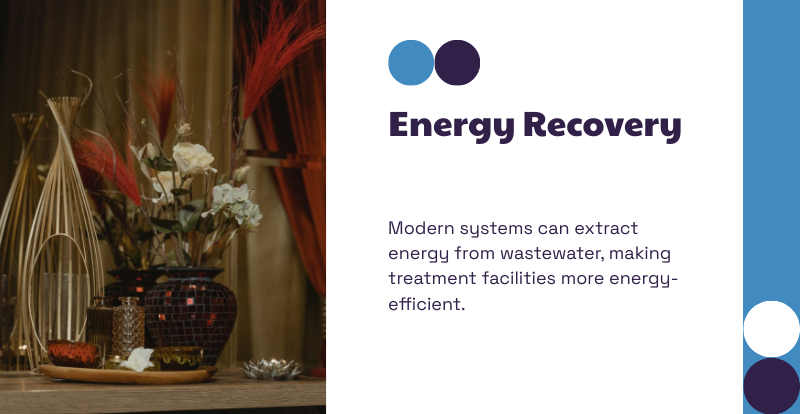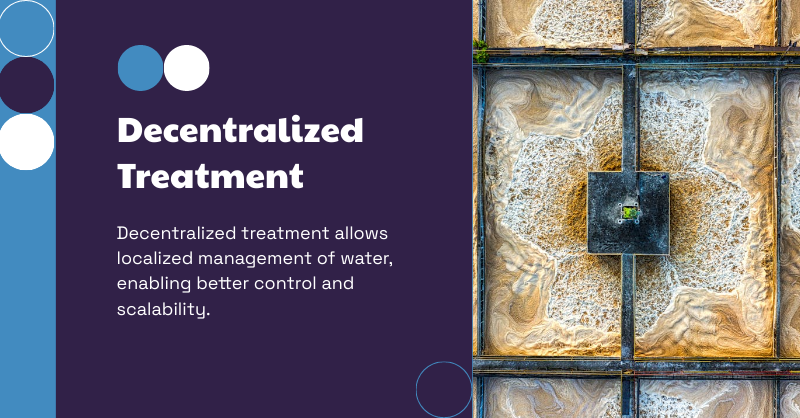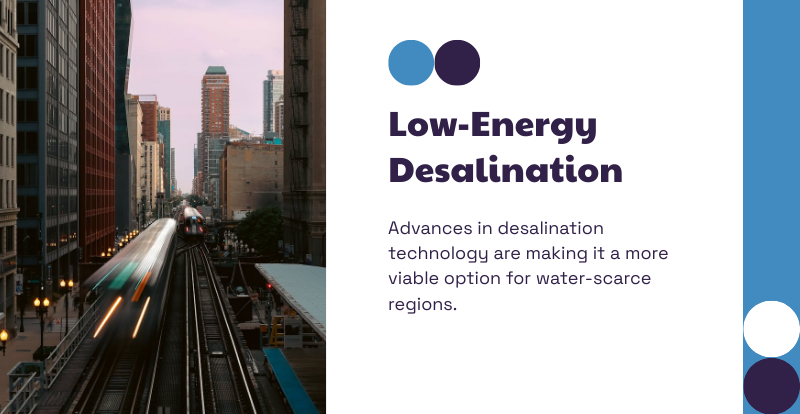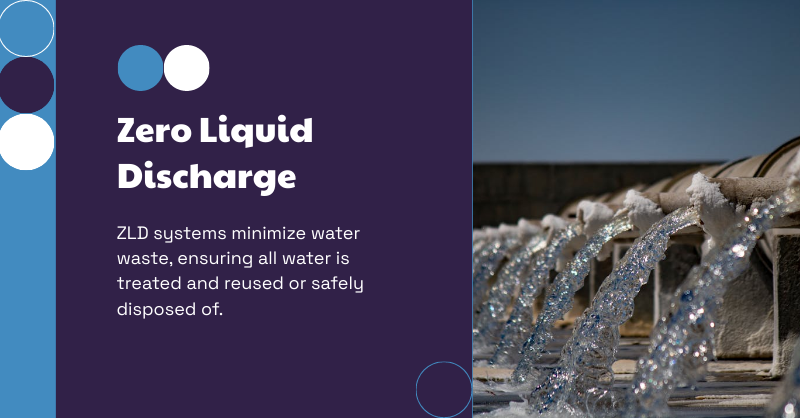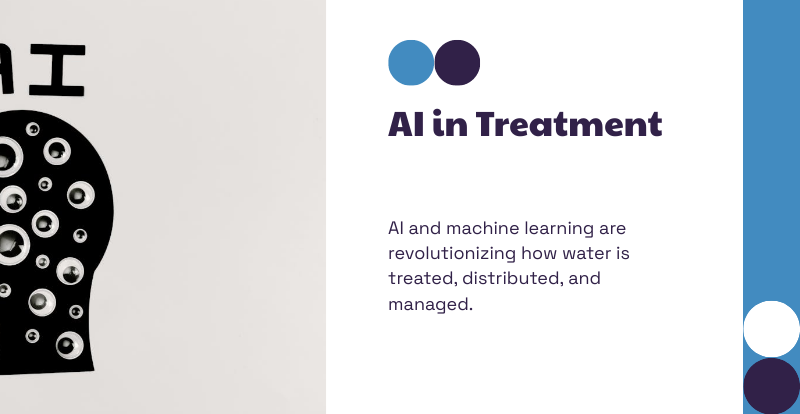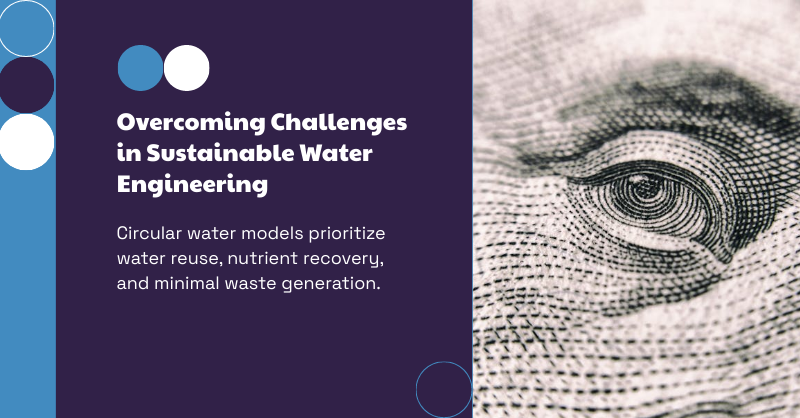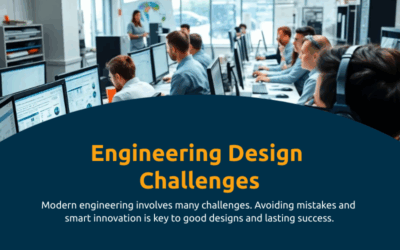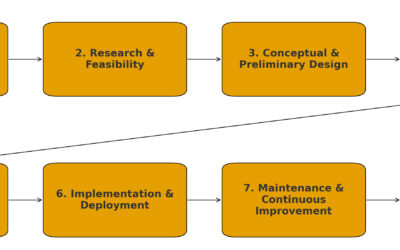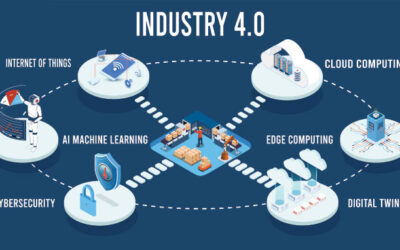Water is life—but it’s also a limited resource. With climate change, urbanization, and growing populations intensifying water scarcity, the pressure is on to manage and treat water more sustainably. The field of water treatment engineering is stepping up with cutting-edge technologies and practices aimed at not just purifying water but doing so in ways that conserve energy, reduce waste, and protect ecosystems.
Why Sustainable Water Treatment Matters
Traditional water treatment processes, while effective, are often energy-intensive and rely heavily on chemicals. This has led to significant environmental concerns, including:
- High carbon emissions
- Residual chemical discharge
- Massive infrastructure demands
- Water loss in distribution systems
Sustainable innovations in water treatment aim to:
- Lower the carbon footprint of treatment facilities
- Promote water reuse and recycling
- Enable decentralized and community-level systems
- Improve efficiency and monitoring through smart technologies
Now, let’s dive into the breakthrough technologies that are making sustainable water treatment a reality.
1. Membrane Bioreactors (MBRs)
Membrane Bioreactor technology is a hybrid of traditional biological treatment and membrane filtration. MBRs are used to treat wastewater to a level that makes it reusable for irrigation, industrial processes, or even potable uses.
Key Benefits:
- Compact footprint: Ideal for urban environments
- Superior effluent quality: Removes pathogens and micro-pollutants
- Energy-efficient compared to traditional setups
MBRs have already been implemented in cities aiming for water reuse targets, significantly lowering dependency on freshwater sources.
2. Advanced Oxidation Processes (AOPs)
AOPs utilize powerful oxidants like ozone, hydrogen peroxide, and UV light to break down complex organic pollutants that traditional methods can’t remove.
Innovations include:
- Photo-Fenton processes: Using sunlight to activate reactions
- Catalytic oxidation using nanomaterials: For faster and more efficient degradation
AOPs are particularly effective for removing pharmaceuticals, personal care products, and other emerging contaminants.
3. Nature-Based Solutions (NbS)
Nature-inspired systems such as constructed wetlands and biofilters are gaining traction for their low-tech, cost-effective approach to water purification.
Features of NbS:
- Mimic natural water purification processes
- Support biodiversity and green infrastructure
- Minimal energy and chemical inputs
These systems are especially useful in rural and peri-urban areas and can complement decentralized water strategies.
4. Smart Water Treatment Systems
Digital transformation has arrived in the water sector. Sensors, Internet of Things (IoT), and Artificial Intelligence (AI) are being integrated to monitor and optimize water treatment in real time.
Examples:
- Real-time turbidity and pH sensors to ensure water quality
- Predictive maintenance algorithms to reduce downtime
- AI-driven decision-making for chemical dosing and energy use
By leveraging smart technologies, facilities can drastically reduce operational costs and environmental impact while maintaining high water quality.
5. Energy Recovery Technologies
Wastewater contains energy—in the form of heat, organics, and nutrients. Modern systems are turning treatment plants into resource recovery facilities.
Energy recovery methods:
- Anaerobic digestion: Produces biogas from organic matter
- Microbial Fuel Cells (MFCs): Generate electricity while cleaning water
- Heat exchangers: Recover thermal energy from wastewater streams
These methods help facilities become energy-neutral or even energy-positive.
6. Decentralized Treatment Systems
Centralized systems are expensive and inflexible. Decentralized treatment allows communities, industries, or even individual buildings to manage their own water sustainably.
Advantages:
- Localized control and easier scalability
- Reduces pressure on municipal systems
- Enables reuse and recycling at the source
Paired with modular design, decentralized units can be quickly deployed in disaster zones or rapidly urbanizing regions.
7. Low-Energy Desalination
Desalination is traditionally energy-hungry. But with water scarcity affecting coastal and arid regions, the focus has shifted to making desalination more sustainable.
Recent advancements:
- Pressure-retarded osmosis (PRO)
- Electrodialysis reversal (EDR)
- Graphene-based membranes that reduce resistance and fouling
Combined with solar power or waste heat, these technologies are making desalination a more viable long-term solution.
8. Zero Liquid Discharge (ZLD)
ZLD systems ensure that no wastewater leaves the treatment site. All water is treated and reused, and solids are either repurposed or disposed of safely.
Techniques used:
- Crystallizers and evaporators to recover water
- Sludge dewatering and drying for reuse in construction or agriculture
ZLD is essential for water-scarce industries like textiles, power plants, and electronics manufacturing.
9. AI and Machine Learning in Water Treatment
Predictive analytics and AI models are reshaping how water is treated, distributed, and managed.
Applications include:
- Predicting contamination events
- Modeling optimal treatment pathways
- Detecting leaks and inefficiencies in distribution networks
AI-driven platforms also enhance regulatory compliance by automating reporting and record-keeping.
10. Circular Water Economies
The shift from linear (use-and-dispose) to circular water models is gaining momentum. In a circular economy, water is reused, nutrients are recovered, and nothing is wasted.
Key components:
- Water recycling loops for greywater and stormwater
- Nutrient recovery (nitrogen, phosphorus) for fertilizers
- Integration with energy and agriculture systems
This systems-level thinking is key to achieving long-term sustainability in urban and industrial environments.
Sustainability Through Collaboration and Policy
Technological innovation alone isn’t enough. Policies, incentives, and public-private partnerships play a crucial role in scaling sustainable solutions.
Governments and utilities are now:
- Adopting performance-based procurement
- Offering tax credits for water-efficient systems
- Funding research and pilot programs for next-gen treatment
Cross-sector collaboration—from academia to startups—is driving faster adoption and iteration.
Sector-Specific Applications of Sustainable Water Treatment
While the innovations discussed are groundbreaking on their own, their impact becomes even more pronounced when implemented across specific sectors. Here’s how different industries are adopting sustainable water treatment to meet regulatory goals, reduce costs, and minimize environmental impact.
Agriculture
Agriculture is the largest consumer of freshwater globally, accounting for about 70% of all withdrawals. Sustainable water treatment plays a crucial role in:
- Irrigation with treated wastewater: Municipal effluents treated with advanced processes like MBR or UV disinfection are now used safely for crop irrigation.
- On-farm greywater recycling: Technologies are enabling farms to clean and reuse wash water from produce handling.
- Constructed wetlands for runoff: Farms are integrating natural treatment systems to manage pesticide-laden runoff.
These solutions not only conserve freshwater but also improve soil health when nutrient-rich water is used effectively.
Industrial Manufacturing
Industries such as textiles, paper, chemicals, and food processing generate vast volumes of wastewater. Innovative treatment approaches are helping them achieve both sustainability and regulatory compliance.
- Closed-loop water reuse: Manufacturers are moving toward zero discharge models by reusing water internally.
- Nutrient recovery systems: Phosphorus and nitrogen are extracted and sold as agricultural fertilizers.
- Real-time monitoring: AI and IoT sensors enable rapid response to water quality issues, reducing downtime and environmental risk.
In countries with strict discharge laws, these solutions also prevent hefty fines and reputational damage.
Municipal Water Systems
Urban water utilities face increasing pressure to serve growing populations with limited resources. Smart, sustainable water treatment offers several benefits:
- Decentralized satellite plants: These reduce load on central facilities and offer localized water reuse.
- Stormwater harvesting and treatment: Capturing and purifying rainwater reduces runoff pollution and supplements supply.
- Leak detection systems: Smart metering and AI analytics reduce non-revenue water loss and optimize pressure zones.
These strategies support both climate resilience and urban livability.
Hospitality and Commercial Buildings
Hotels, resorts, malls, and corporate campuses are adopting water treatment innovations as part of broader green building goals.
- Greywater reuse systems: On-site treatment allows reuse for toilet flushing and landscaping.
- Compact MBR units: These enable high-performance treatment within tight urban footprints.
- Green certifications: LEED, BREEAM, and WELL ratings increasingly recognize sustainable water infrastructure.
The visibility of these properties also helps drive public awareness and behavior change.
Global Case Studies Highlighting Innovation
Understanding real-world implementations helps demonstrate how sustainable water treatment can scale across contexts. Here are several noteworthy examples:
1. Orange County Groundwater Replenishment System (California, USA)
One of the largest indirect potable reuse systems in the world, this facility treats wastewater to drinking water standards and injects it into local aquifers.
- Uses advanced microfiltration, reverse osmosis, and UV/advanced oxidation
- Produces 100 million gallons per day
- Reduces reliance on imported water and mitigates overdraft
2. Windhoek, Namibia
Windhoek has been recycling wastewater into drinking water since the 1960s, a practice that’s gaining renewed attention.
- Direct potable reuse without blending
- Uses multibarrier systems for safety
- A model for arid and drought-prone regions
3. China’s Sponge Cities
Faced with rapid urbanization and flooding, China launched a program to build cities that absorb and reuse rainwater.
- Combines permeable pavement, wetlands, and rain gardens
- Incorporates urban green infrastructure with decentralized treatment
- Enhances both stormwater management and water reuse
4. Bengaluru, India – Apartment-Level Treatment
With failing infrastructure and water shortages, many residential buildings in Bengaluru now operate their own sewage treatment plants.
- Small-scale Sequencing Batch Reactors (SBRs) and MBRs
- Treated water reused for flushing and gardening
- Reduces dependence on tankers and groundwater
These case studies illustrate the diversity of approaches and their scalability depending on context, regulations, and public perception.
Overcoming Challenges in Sustainable Water Engineering
Even with promising technologies, real-world deployment faces several hurdles:
High Initial Costs
While operating costs may be lower, upfront capital for systems like MBR, reverse osmosis, or smart monitoring can be significant. Strategies to address this include:
- Public-private partnerships (PPPs)
- Green bonds and ESG funding
- Government subsidies and tax credits
Public Perception and Trust
Especially with water reuse, psychological barriers can hinder adoption. Solutions involve:
- Transparent communication
- Public tours of treatment facilities
- Educational campaigns to normalize recycled water
Singapore’s NEWater Visitor Centre is a prime example of proactive engagement.
Regulatory Complexity
Water treatment is governed by overlapping regulations from environmental, health, and industrial bodies. Innovations must navigate:
- Changing discharge limits
- Lack of standards for emerging contaminants
- Slow permitting processes
Industry-wide collaboration and dynamic compliance platforms help bridge these gaps.
Skills and Workforce Development
New technologies require specialized knowledge in automation, AI, biotechnology, and process engineering. Addressing the skills gap includes:
- Upskilling programs for water operators
- University-industry partnerships
- Open-source knowledge sharing
This ensures innovations are implemented and maintained effectively.
Cutting-Edge Research in Water Treatment Engineering
To sustain innovation, academic and industrial research continues to push boundaries in several promising areas:
Electrochemical Treatment Systems
Emerging electrochemical methods use electrodes to oxidize pollutants, often without chemicals.
- Effective for PFAS, dyes, and pharmaceuticals
- Compact and suitable for decentralized applications
- Lower energy use than traditional oxidation
Biomimicry and Nature-Inspired Materials
Researchers are developing membranes modeled after biological systems, such as:
- Aquaporin-based membranes that mimic water channels in cells
- Lotus-effect coatings for self-cleaning surfaces
- Biofilms and algae reactors for passive treatment
These materials increase efficiency while reducing fouling and maintenance.
Synthetic Biology and Engineered Microbes
Scientists are genetically modifying bacteria and algae to break down specific pollutants or generate energy as they clean water.
- Engineered microbes that metabolize pharmaceuticals
- Algae systems that sequester carbon and purify water simultaneously
While still early-stage, synthetic biology may revolutionize how we think about biological treatment.
Modular and Containerized Systems
To facilitate rapid deployment, especially in emergencies or remote locations, containerized water treatment units are gaining traction.
- Pre-assembled, tested, and transportable
- Plug-and-play design reduces startup time
- Scalable to meet evolving demand
Integrating Water Treatment with Smart Cities and Circular Systems
As cities evolve, sustainable water treatment is becoming integral to broader smart city and circular economy frameworks.
Smart Integration
Water utilities are integrating treatment systems with:
- Digital twins of urban infrastructure
- Smart grids to coordinate energy use
- City-wide data platforms for predictive analytics
This holistic approach allows water systems to respond dynamically to demand, climate events, and pollution risks.
Resource Nexus Thinking
Water treatment is increasingly seen as interconnected with:
- Energy systems (e.g., biogas recovery)
- Agricultural supply chains (e.g., treated water for irrigation)
- Waste management (e.g., sludge-to-fuel conversion)
Circular economy models prioritize closed loops and co-benefits across sectors.
Policy and Governance Innovations
Forward-thinking governance is key to accelerating sustainable water engineering.
Examples of Progressive Policies:
- California’s Title 22 Reuse Regulations
- EU Water Framework Directive
- Australia’s Water Sensitive Urban Design (WSUD) standards
Additionally, performance-based contracts are incentivizing innovation by rewarding outcomes (e.g., volume treated, energy saved) rather than processes.
Metrics and Reporting
New frameworks for ESG (Environmental, Social, Governance) reporting now include water treatment efficiency, resilience, and equity. This aligns corporate water strategies with global sustainability goals such as:
- UN Sustainable Development Goal 6 (Clean Water and Sanitation)
- Paris Agreement (Climate Resilience)
- Green Infrastructure Investment Standards
Community-Led and Grassroots Innovations
In areas with limited infrastructure, local innovation is driving change.
- DIY biosand filters and ceramic filters provide safe drinking water
- Community-managed wetlands purify wastewater in slums
- Rainwater harvesting with first-flush diverters supplements water supply
Empowering communities through design thinking, microfinance, and education ensures these solutions are durable and culturally relevant.
The Business Case for Sustainable Treatment
For companies and utilities, sustainable water treatment isn’t just about CSR—it’s about risk mitigation, cost savings, and reputation.
Key Drivers:
- Water scarcity risk affects supply chains and operations
- Consumer preference for sustainable brands
- Investor pressure for ESG-compliant infrastructure
Many firms now report on water footprint, and some even set science-based water targets aligned with local watershed limits.
What’s Next in Water Treatment Engineering?
Emerging trends suggest continued progress in:
- Personalized water treatment systems for homes and buildings
- Blockchain for water rights and tracking
- Bio-inspired materials for filtration (like aquaporin membranes)
The future will be shaped by how we integrate multiple innovations into coherent, adaptive systems tailored to local needs.
Final Thoughts
Sustainable water treatment is not a luxury—it’s a necessity. Innovations in this field are pushing the boundaries of what’s possible, making it feasible to treat water more efficiently, affordably, and with minimal environmental harm. Whether you’re a policy maker, engineer, or sustainability advocate, staying ahead of these trends is vital.
And if you’re managing a site that discusses clean tech or engineering breakthroughs, don’t forget the role of strategic internal linking in getting your content found. Optimizing the anchor text and link structure for related topics (like green infrastructure or energy efficiency) improves both SEO and user experience.


